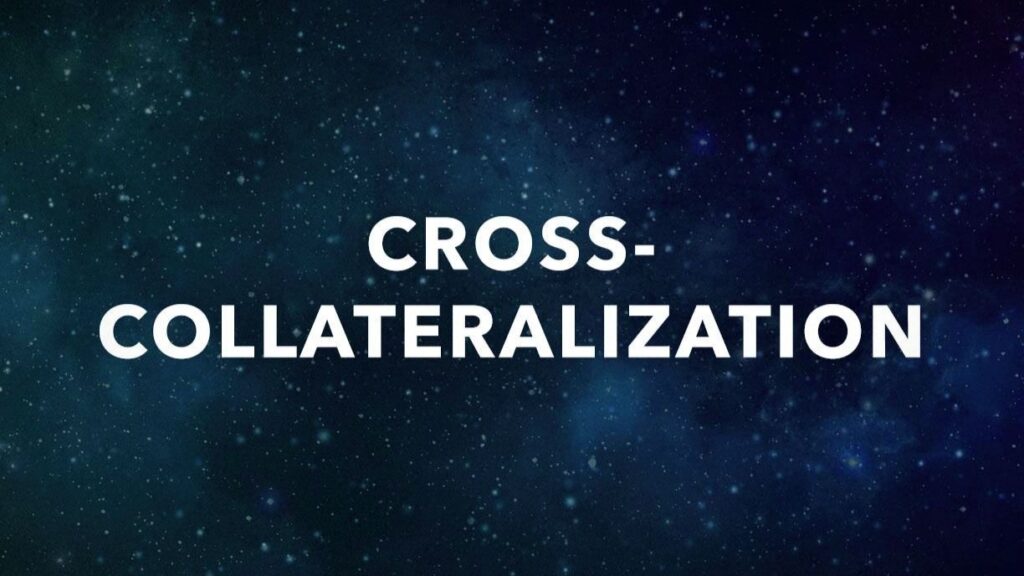Cross-collateralization in the music business is a crucial yet complex topic that can significantly impact an artist’s financial future. This practice, widely used in record label contracts, can offer benefits but also impose financial burdens on artists, particularly those early in their careers. Let’s delve into what cross-collateralization means, its mechanics, advantages and disadvantages, and how artists can navigate its potential pitfalls.
Definition of Cross-Collateralization
In its simplest terms, cross-collateralization refers to the practice of a record label using the revenue from one project to recoup losses or advances from another project. In a typical cross-collateralized contract, if an artist releases multiple albums or projects, any profits from one project may be applied to cover unrecouped balances from another. This practice is most common in major label contracts but can appear in various forms across different levels of the industry.
To better understand cross-collateralization, it’s essential first to grasp how record label contracts work, particularly around recoupment. When a record label signs an artist, they typically provide an advance – a lump sum given to the artist upfront, often used to produce an album or cover living expenses during its creation. This advance, however, is not free money. It functions more as a loan, and the label recoups it from the artist’s future royalties. Only after the advance is fully recouped will the artist start earning royalties from album sales or streaming revenue.
How Cross-Collateralization Works
Imagine an artist has signed a deal with a label for three albums, with an advance provided for each. If the first album does well and recoups the advance, any subsequent profit from that album would ordinarily be paid out to the artist. However, if the second album fails to recoup its advance, the label might apply any profits from the first album to cover the deficit. This practice continues across all projects the artist has under the label.
Cross-collateralization can extend beyond album sales to other revenue streams, such as:
- Merchandising: Revenue from merchandise sales may be used to cover an unrecouped album advance.
- Tour Revenue: In some cases, labels extend cross-collateralization to touring, using concert revenue to recoup recording advances.
- Sponsorships and Endorsements: If an artist receives sponsorships or endorsements as part of their relationship with the label, this income might be cross-collateralized.
Types of Cross-Collateralization Clauses
- Album-to-Album Cross-Collateralization: This is the most basic form, where the label uses revenue from one album to offset the unrecouped balance from another.
- Revenue Stream Cross-Collateralization: Here, the label may extend recoupment across various revenue streams, such as merchandise, touring, and endorsements.
- 360 Deals: Cross-collateralization is frequently built into 360 deals, where labels take a percentage of revenue across nearly all of an artist’s income streams, including album sales, concert revenue, and other endorsements. In 360 deals, cross-collateralization is often applied across all revenue, meaning any earnings an artist makes might be used to recoup label expenses from any area.
Benefits of Cross-Collateralization
While cross-collateralization is often seen as disadvantageous to artists, there can be some upsides, particularly for emerging artists who may not yet have steady revenue streams:
- Increased Willingness to Invest: Labels are more inclined to invest in new or experimental projects when they know they can recoup expenses from other successful projects. This willingness can allow artists to take creative risks.
- Support for Long-Term Development: Cross-collateralization can make it possible for labels to support an artist’s career long-term, even if some projects aren’t initially successful. By leveraging multiple revenue streams, labels may have the financial flexibility to provide continued support across an artist’s career.
- Comprehensive Promotion and Resources: With the security of cross-collateralization, labels may be more motivated to commit resources to fully promote each project, knowing that profitability from one project can offset losses from another.
Disadvantages of Cross-Collateralization
Despite potential advantages, cross-collateralization often imposes considerable burdens on artists:
- Extended Financial Obligation: An artist may find themselves indefinitely “in debt” to their label, unable to break even if certain projects fail. This can lead to situations where artists may never see royalties even if a few of their albums succeed.
- Delayed Earnings: Even if an artist has a successful album, their royalties may go toward covering deficits from less successful projects, which delays when they start to see any profits from their music.
- Lower Long-Term Income Potential: With funds from one project being used to recoup costs from another, artists may see lower lifetime earnings across their discography, especially if they are responsible for funding unsuccessful projects.
- Lack of Transparency: Cross-collateralization can make it difficult for artists to track how much they owe versus what they are owed. Without clear accounting, artists may be uncertain as to when, or if, they will ever see royalty payments.
Practical Example of Cross-Collateralization
Imagine a new artist signs a deal with a record label for two albums, receiving an advance of $100,000 per album. If the first album only generates $50,000 in royalties, it leaves a deficit of $50,000. When the second album is released, any royalties generated may go first toward covering that $50,000 balance from the first album. Even if the second album performs exceptionally well, generating $200,000 in royalties, the artist might only see a payout after recouping both advances. Consequently, the artist could end up generating substantial revenue for the label while seeing little in their own pocket.
How to Navigate Cross-Collateralization Clauses
For artists entering into agreements with labels, careful contract negotiation can mitigate the impact of cross-collateralization.
Here are some steps artists and their representatives can take:
- Negotiate Separate Project Recoupment: Artists can negotiate for non-cross-collateralized terms, which would mean each project recoups its own costs independently.
- Limit Cross-Collateralization to Specific Revenue Streams: Artists may request that cross-collateralization only apply to album sales, rather than extending to all revenue sources like merchandise and touring.
- Cap the Cross-Collateralization Clause: A capped clause limits the extent to which revenue from one project can be used to offset another. This can protect artists from indefinite debt across multiple projects.
- Seek Legal and Financial Advice: Working with a music lawyer and financial advisor is essential. They can help identify and negotiate contract clauses to minimize the financial impact of cross-collateralization.
Cross-collateralization remains a prevalent practice in the music industry, often acting as a double-edged sword for artists. While it allows labels to offset financial risks and invest in artist development, it can also saddle artists with extended financial obligations that delay or limit their earnings. By understanding how cross-collateralization works and negotiating fair terms, artists can minimize its impact and focus on building a sustainable and lucrative career.
Alternatives to Cross-Collateralized Deals
With the rise of independent music production and digital distribution platforms, some artists are opting for alternatives to traditional label deals, which often include cross-collateralization:
- Independent Distribution: Many artists distribute music independently, leveraging platforms like Bandcamp, SoundCloud, or DistroKid, where they retain full control of revenue and avoid the financial obligations of cross-collateralization.
- Joint Ventures or Licensing Deals: Instead of traditional contracts, some artists enter joint ventures or licensing deals with labels. These models allow the artist to retain ownership of their music while the label provides resources and takes a share of the profits, often without cross-collateralization.
- Crowdfunding: Artists increasingly turn to crowdfunding platforms like Kickstarter and Patreon, where fans fund projects directly. This model bypasses labels and allows artists to keep full control over their earnings.







